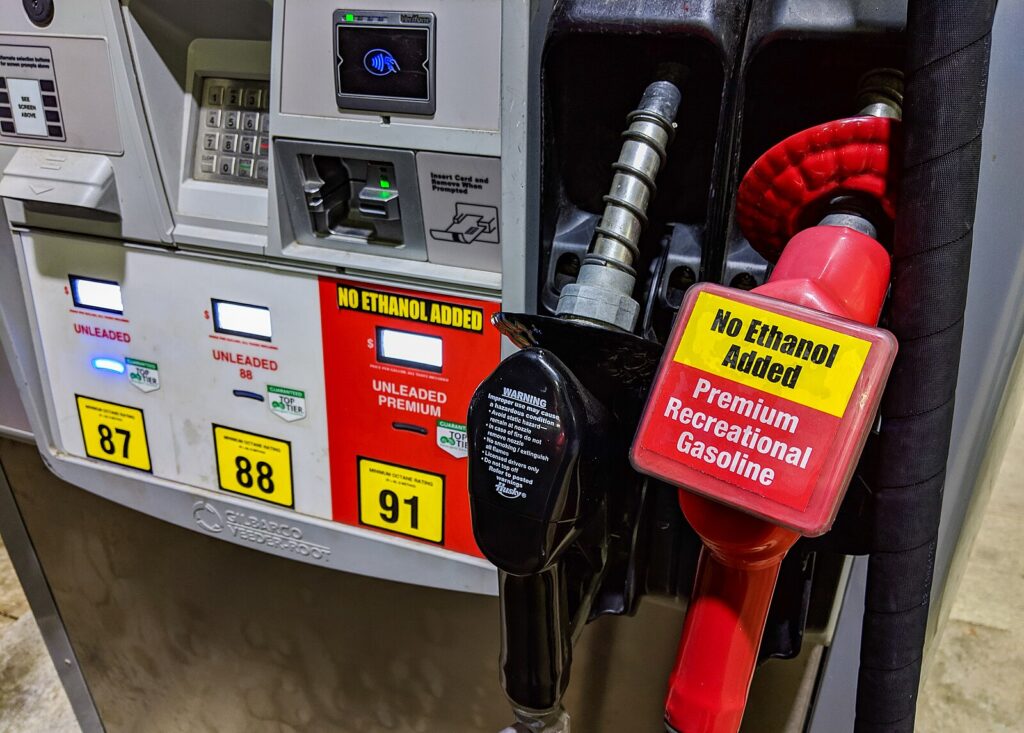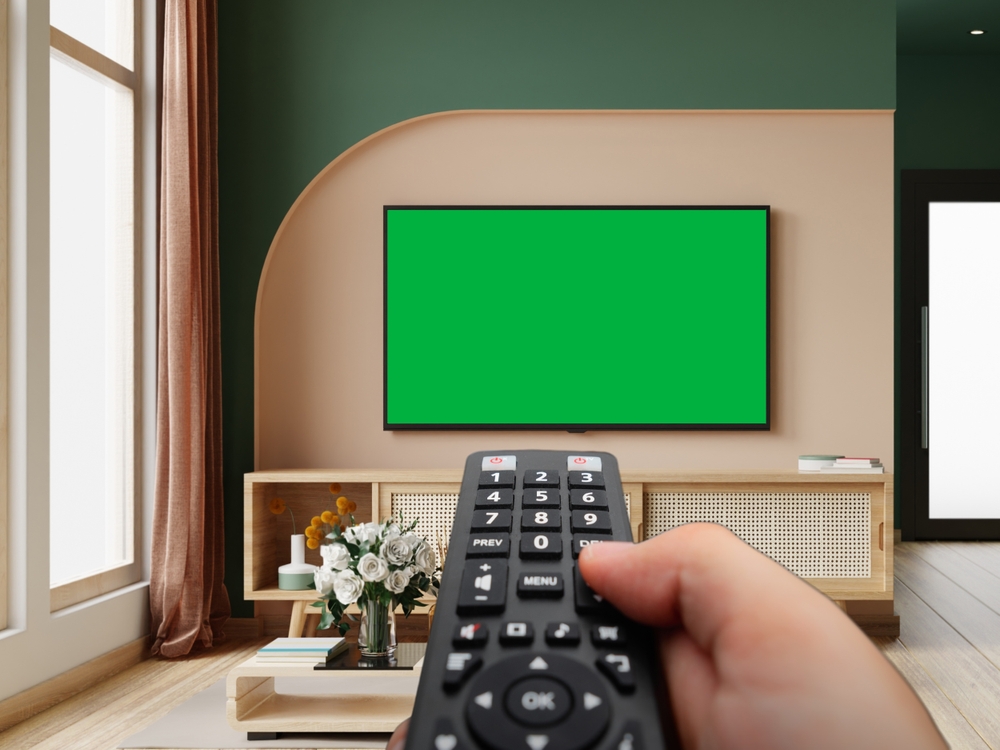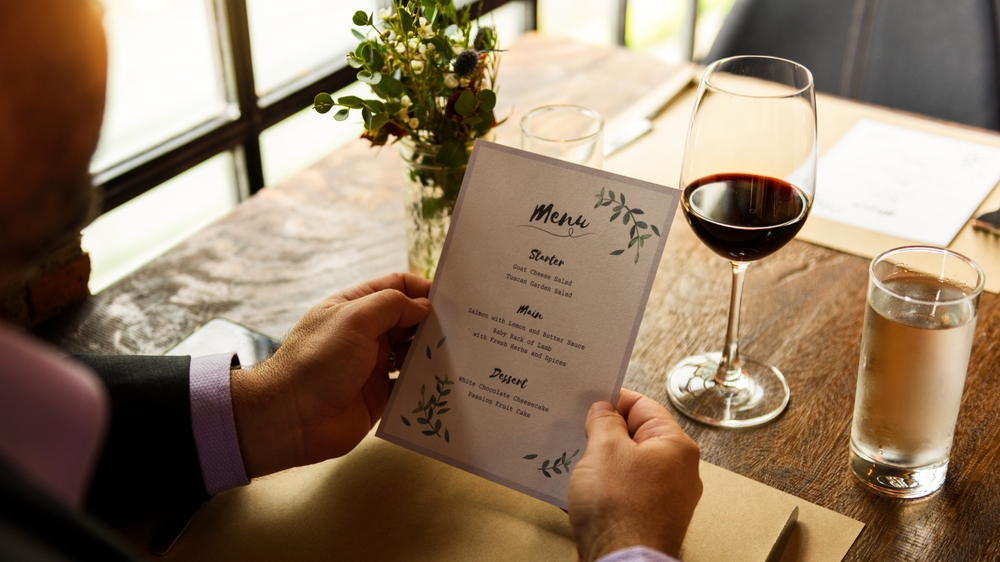In a world where change is the only constant, you might expect prices to fluctuate—some things up, some down. Yet, in your day-to-day life, there are those items that defy gravity in all the wrong ways, clinging stubbornly to a skyward trajectory. These everyday essentials have turned into a never-ending saga of sticker shock, leaving you to wonder if you’ll ever catch a financial break. As you stroll through the aisles or scroll through screens, you might notice these repeat offenders adding an unwelcoming edge to your monthly budget. Here’s a deep dive into the unsung villains of your financial peace.
1. Groceries

Groceries, once the mundane task of a Saturday afternoon, have become a stark reminder of an economic reality that feels unfairly harsh. You probably blink twice at your receipt, questioning how a week’s worth of meals could possibly cost this much. According to a report by the USDA, factors such as climate change and supply chain disruptions have played significant roles in these persistent price hikes, leaving you to strategize your shopping trips like a military operation. It’s a balancing act to fill your pantry and still have something left over for that occasional, guilt-free treat.
You’re finding more often than not that your favorite brands are shrinking in size, while their price tags swell. The cereal box that once lasted a week now barely makes it to mid-week breakfast. It’s as if you’re caught in a perverse game of Monopoly where everyone else keeps passing “Go” while you languish in “jail”—and they’re still serving last night’s leftovers. As you meander through the aisles, you’re forced to re-evaluate what constitutes a necessity versus a luxury, recalibrating your grocery list more times than you care to admit.
2. Rent

Living spaces have always been a major chunk of your expenses, but recently, that chunk has become an uncomfortably large slice of the pie. As urban areas continue to grow, so too do the prices, often outpacing wage increases and leaving you in a perpetual state of housing insecurity. You might find yourself sacrificing location for affordability, trading a convenient commute for something that fits your budget, albeit barely. The dream of owning a home feels increasingly distant, as saving seems almost laughable in the face of rising rent.
Each year brings a new lease and new financial gymnastics to figure out how to make it all work. Landlords know they’ve got you where they want you, and that annual increase feels inevitable, like clockwork. The thought of moving is exhausting—both financially and emotionally—so instead, you’re stuck playing the game of negotiation, pleading for leniency or at least a slower rate of increase. Meanwhile, the walls around you, once a sanctuary, begin to feel less like home and more like a burden.
3. Health Insurance

Health insurance, the reluctant safety net you’re forced to bury beneath your stack of bills, never seems to get less expensive. You’re not alone in this financial frustration; a study published in Health Affairs highlights how premiums have consistently outpaced inflation and wage growth. Each enrollment period feels like a gamble, choosing between plans that all seem to cost too much for covering too little. You keep telling yourself it’s better to be safe than sorry, but the monthly deductions from your paycheck feel like an insult to your intelligence and your wallet.
The irony is, the more you pay, the less it seems you actually use it, caught in the delicate dance between copays, deductibles, and out-of-pocket maximums. You cross your fingers and toes, hoping this year will be one free of medical mishaps, but knowing full well that a single unexpected event can throw everything into chaos. The system feels intentionally convoluted, making you question not just the cost, but the very ethics of a society that prioritizes profit over well-being. It’s a bitter pill to swallow, and there’s no insurance to cover that.
4. Gasoline

Fuel for your car is a peculiar beast, its price ebbing and flowing like some errant tide, but mostly trending towards the frustratingly high end. You’ve probably observed the dance of numbers at the pump, a hypnotic reminder of global dependence on finite resources. The oil market’s volatility means every geopolitical hiccup or natural disaster gets reflected in your daily commute. You find yourself reconsidering every unnecessary trip, calculating fuel economy like a hawk, and contemplating a Tesla as your next big investment.
The rising cost isn’t just a hit to your wallet; it’s a hit to your lifestyle, subtly shaping your decisions and interactions. Road trips become less spontaneous and more meticulously planned. A simple drive to see friends or family requires a budget analysis, a small yet poignant reminder of the constraints imposed by the invisible hand of the market. This constant calculation can dampen the joy of the open road, tethering your sense of freedom to a number that always seems to be on the rise.
5. Education

Education costs have long been the subject of heated debates, yet the narrative remains largely unchanged, to your perpetual chagrin. According to the College Board, the average tuition for a year at a private college tops $35,000—a sticker price that can make anyone’s head spin. As you weigh the value of higher education against its ever-expanding cost, it becomes a soul-searching exercise on priorities and dreams. You might find yourself grappling with the paradox of requiring a degree to earn a good living, while simultaneously drowning in debt to acquire that very credential.
The promise of education as a great equalizer feels increasingly hollow as you watch your bank account deplete semester by semester. Scholarships and financial aid offer a lifeline, but never quite enough to calm the stormy seas of student loans. The cap and gown symbolize a milestone, sure, but they also usher in a new era of financial responsibility that feels more like a chain than a crown. It’s an investment in your future, you’re told, but sometimes it’s hard to shake the feeling that you’re paying dearly for a dream that might not even exist.
6. Childcare

The cost of raising a child feels as though it’s grown exponentially, with childcare acting as the most unyielding of expenses. Families are faced with the dilemma of whether one parent should stay home or both should work just to cover the astronomical fees charged by daycare centers. The decision is riddled with guilt and frustration, as you’re torn between career aspirations and the financial reality of daycare costs that rival monthly mortgage payments. It’s a Catch-22 that forces you to question the societal structures in place that make parenting feel like a luxury.
With every new year, the price of childcare inches upwards, widening the gap between dual-income necessities and personal fulfillment. The logistics of drop-offs, pick-ups, and managing the daily chaos tests your patience and your bank balance alike. In a world supposedly built for families, the pressure placed on parents feels more like a systemic oversight than a support network. You find yourself advocating for change, yet feeling powerless against the tide of rising costs that feel both inevitable and insurmountable.
7. Streaming Subscriptions

Streaming subscriptions, once hailed as the cheaper alternative to cable, have stealthily become a budgetary black hole. A study by Deloitte points out that the average consumer now juggles multiple services, and yet, prices keep inching up as new content and platforms flood the market. What started as a $9.99 indulgence has morphed into a labyrinth of overlapping charges and unfulfilled viewing promises. You’re left performing a mental calculus, contemplating which show or film justifies the monthly splurge, knowing full well that you’re paying for more than you can ever watch.
The paradox is hard to ignore: the abundance of choice feels more like a burden than a blessing. You likely scroll endlessly, paralyzed by indecision, a modern dilemma that makes you long for the simplicity of a single dial or remote. The irony of endless entertainment options is that they often leave you feeling less satisfied, more isolated, and perpetually behind on the latest cultural phenomenon. As you toggle between platforms, you might wonder if this is peak consumerism: a world where everything is available, yet nothing feels quite worth the cost.
8. Pet Supplies

As a pet parent, the rising cost of pet supplies might feel like an unexpected betrayal, especially since Fido and Fluffy didn’t sign up for this. The essentials—food, litter, toys—seem to have embraced the same upward trend as human groceries. It’s not just about the financial burden; it’s about the emotional weight of knowing your four-legged family members depend on you for their needs. You might feel caught in a cycle of guilt and frustration, as ensuring their well-being seems to come with an ever-larger price tag.
Online shopping offers some relief with bulk buying and subscription discounts, but even those savings feel insubstantial in the grand scheme of things. This isn’t just about necessities, either; the cost of veterinary care and pet insurance has also climbed, making each vet visit a minor financial crisis. You’ve likely considered cutting corners, but the idea of compromising on their care is a non-starter. This leaves you in a perpetual state of compromise, trying to balance quality, care, and cost without having to re-home your beloved companion.
9. Coffee

Your daily caffeine ritual, whether brewed at home or snagged from the local café, has become another notable victim of inflation. Coffee prices are influenced by factors as diverse as climate change affecting crop yields to international trade tariffs, all conspiring to make your favorite brew a little more expensive. Each cup is a small luxury that feels increasingly extravagant, leaving you to ponder whether the morning buzz is worth the financial sting. It’s a small but significant reminder of how even the simplest pleasures are not immune to global economic pressures.
The latte factor has become a running joke in personal finance, but the reality is, this luxury adds up over time. You might start experimenting with cheaper alternatives or brewing methods, seeking that elusive balance of taste and affordability. The experience becomes a mindful ritual, a quiet rebellion against the creeping costs that once felt negligible. As you sip, you might reflect on the fact that simple joys are sometimes the most costly, both literally and metaphorically.
10. Household Utilities

Household utilities, those unassuming necessities that keep your home running smoothly, seem to have mastered the art of creeping expenses. Each bill arrives with a slightly higher total, a subtle reminder of your dependency on a grid you can neither see nor control. Despite your best efforts to conserve energy and water, the savings never seem to materialize in ways that make a meaningful difference. You’re left feeling that the more you try to tighten your belt, the more the belt loosens on its own accord.
The irony of attempting to live a more sustainable lifestyle while watching your utility bills climb isn’t lost on you. Solar panels and energy-efficient appliances sound appealing but come with upfront costs that are daunting in their own right. Every flick of a light switch becomes an internal debate, a mental accounting of what’s worth the cost in the delicate balance of comfort and conservation. The struggle is a quiet, persistent hum in the background of your daily life, a reminder of the complex dance between consumption and cost.
11. Personal Care Products

The personal care aisle, once a place of self-indulgence, now feels more like a negotiation table. Beauty and hygiene essentials have witnessed a considerable uptick in price, transforming your skincare routine into a costly affair. You’re left scrutinizing ingredient lists and comparing price per ounce, a meticulous process akin to selecting a fine wine. This careful consideration has added an unexpected layer of stress to what should be a soothing ritual of self-care.
It’s not just the creams and lotions; even the basics like toothpaste and shampoo feel like they require a small loan. You might find yourself indulging less frequently, doling out product sparingly, a bittersweet acknowledgment of the costs involved. The beauty industry, ever innovative, constantly dangles new products promising life-changing results, tempting you to spend just a bit more. Yet, as you parse through the marketing hype, the true challenge lies in distinguishing genuine necessity from consumerist fantasy.
12. Transportation

Even if you’ve waved goodbye to gasoline, the cost of getting from A to B remains an inescapable puzzle of expenses. Public transportation fares inch upward while services fluctuate in reliability, leaving you with few truly cost-effective options. Owning a vehicle doesn’t provide much solace either, with maintenance and insurance premiums steadily rising. Your morning commute morphs into a daily reflection on the price of mobility, a modern-day riddle with no easy answers.
The dream of stress-free travel seems increasingly out of reach, as every journey requires a calculation of time, money, and convenience. You’ve likely considered alternatives like biking or walking, weighing the physical benefits against the practicality of distance and time. Each transport choice reveals a different set of trade-offs, an endless cycle of compromise that leaves you searching for a balance between efficiency and expense. The journey might be the destination, but it’s also a costly endeavor.
13. Phone Plans

The pocket-sized marvel you rely on for everything from news to navigation comes with its own set of escalating costs. Mobile phone plans, once a straightforward affair, now resemble a complex web of data, minutes, and hidden fees. Even in a world of supposed competition, prices continue to creep upward, leaving you juggling options that all feel overpriced. You grudgingly accept that connectivity comes at a premium, even as the necessity of being always-on becomes ever clearer.
Every new phone release tempts you with shiny features, but the cost of upgrading is a reminder of the financial commitment involved. The allure of unlimited data is strong, yet the monthly price tag is a persistent thorn in your side, a constant drain on your resources. You’re left strategizing ways to lower your bill, from bundling services to haggling with customer service for better rates. Despite the options, the feeling lingers that you’re paying too much for something that’s become indispensable.
14. Fitness Memberships

Your commitment to health and well-being, symbolized by a gym membership card, has become another line in the ever-growing list of expenses. Gym and fitness studio fees, once considered luxury, are now essential for maintaining physical and mental health in a stressful world. Yet, the cost of staying fit seems to hike up every year, making you ponder whether it’s worth sacrificing other aspects of your budget. The thought of canceling your membership feels like giving up on a healthier you, even as the financial strain grows.
Alternatives like home workouts or outdoor activities can be enticing, but they never quite replicate the energy and community of a gym. The pursuit of wellness becomes a balancing act between financial prudence and personal priorities. As you swipe your card at the entrance, the inner debate persists: is investing in your fitness a necessity or an indulgence? The lines blur, yet you persist, knowing that in this case, the cost might truly be justified.
15. Dining Out

Dining out, once a simple pleasure or a necessary convenience, now feels more like an indulgence marked by inflated menu prices. The hospitality industry, grappling with increased wages and supply costs, passes these onto you, the customer. What was once a weekly treat morphs into a special occasion, the tally of appetizers and entrees mounting with each dinner out. You look over the menu with new eyes, not just selecting based on taste, but on price, a stark reminder of the changing economic times.
The experience of dining out transforms into a calculus of choices: which restaurants offer the best value, which meals can you recreate at home? The ambiance, the service, the sense of being catered to—it all takes on new dimensions when weighed against the bill left at the end of your meal. You savor every bite, aware of its cost in a way you never had to before. Dining out remains a cherished ritual, but it’s one that now demands its place in the hierarchy of your expenditures.
This article is for informational purposes only and should not be construed as financial advice. Consult a financial professional before making investment or other financial decisions. The author and publisher make no warranties of any kind.








